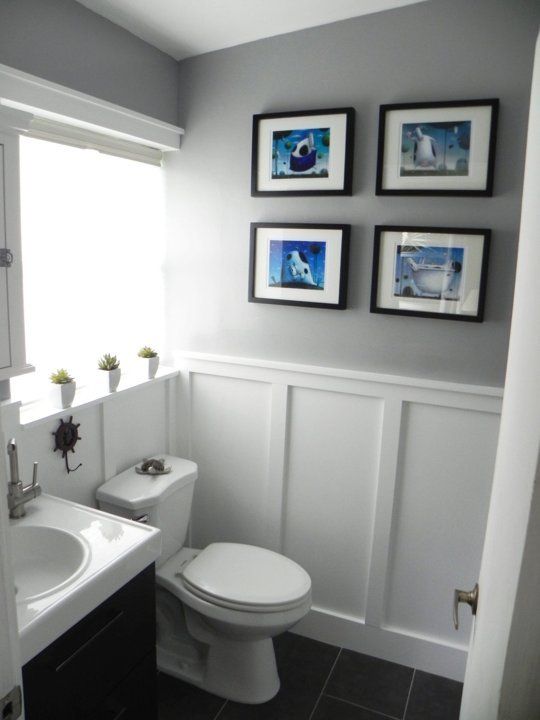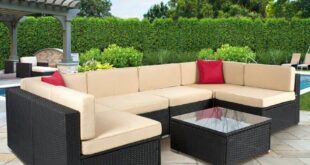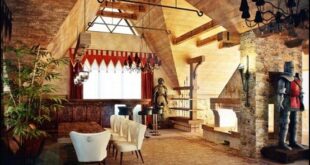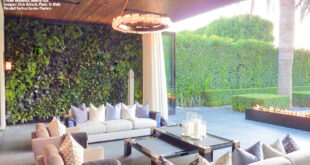Wainscoting installs wood paneling and panels in a pattern along the wall. It is rounded off by a horizontal strip of form that extends around the perimeter of a room. We shared ideas like this a few years ago, and as this type of decor is becoming more and more popular, I want to come back to the subject and look at the paneling in particular: in bathrooms.
Cladding in bathrooms can be used as a decorative element, as insulation, or to prevent or cover water damage to walls and can be installed at any height. It can be added to unify a bathroom’s decor and create a cohesive and coordinated design. Even if you say it’s dated, it’s not – it’s used extensively not only in traditional and rustic spaces, but also in glamorous modern spaces. Scandinavian and so much more – it can literally be designed for any space.
An unusual alternative to wall tiling, Wainscoting costs less and makes the space comfortable and welcoming like a living room. At the same time, it gives it an elegant touch. Also, it’s a great idea for vintage, shabby chic, and rustic rooms that look better with paneling than tile if you want to make them more stylish. It can be installed at any height. If you have a freestanding bathtub, cover the space around it or around the sink to prevent your walls from draining, for example. The paneling can be painted to match the walls, furniture and all sorts of other elements in the room.
Paint the bathroom trim a color that defines the theme you’ve chosen for the room. For example, if you want a naturally inspired decor or a zen or spa ambiance, you can work with shades of green, beige and gray in combination with white. You can match the paneling to your bathroom furniture if you want to create a cohesive and cohesive interior with a dominant accent color. Or go the opposite way to create a bold, contrasting look! Add a pop of color to the room by using bold paneling that rivals any other element in the bathroom.
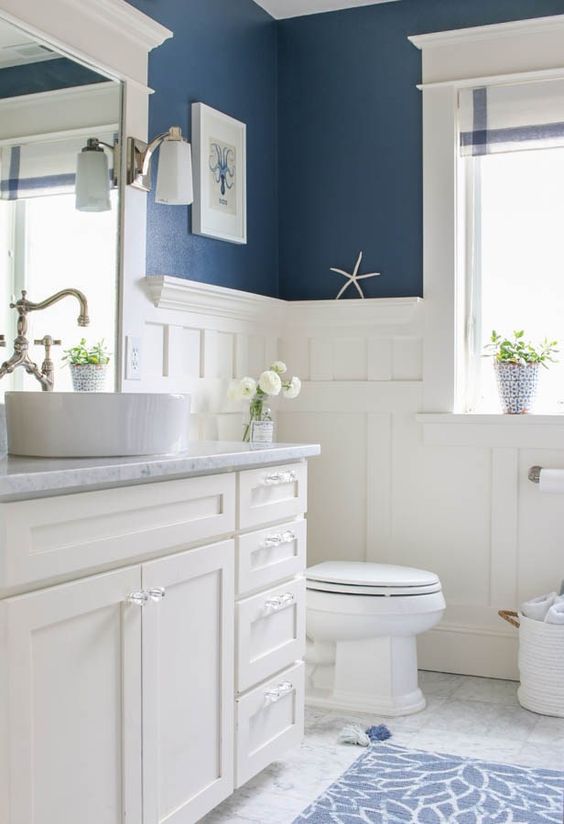
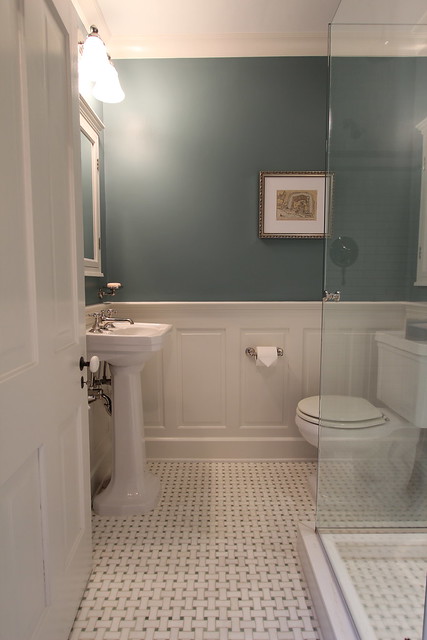
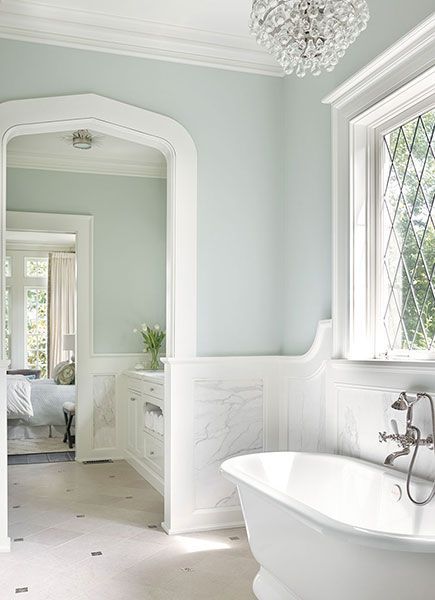
 decordip Interior Design Ideas
decordip Interior Design Ideas
